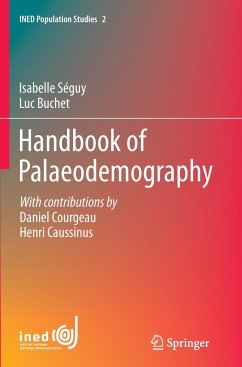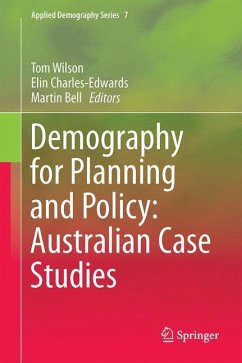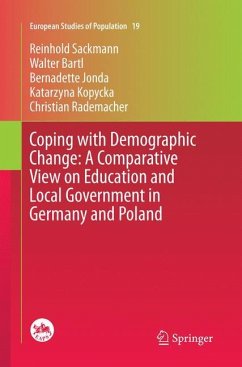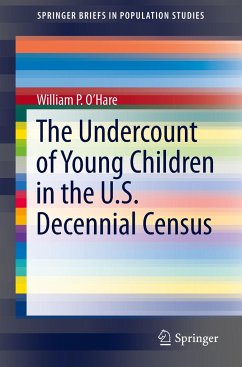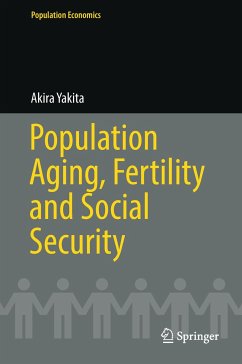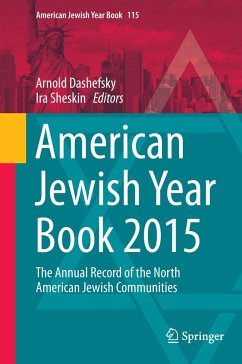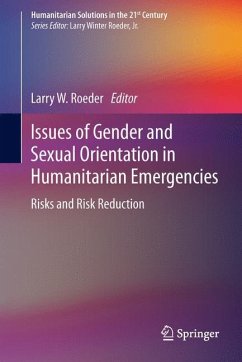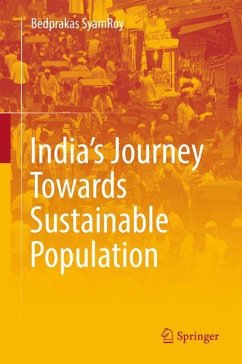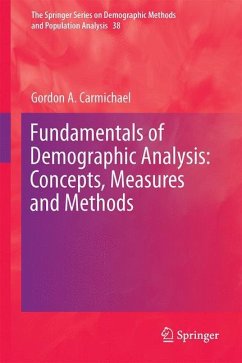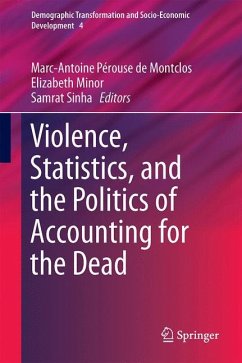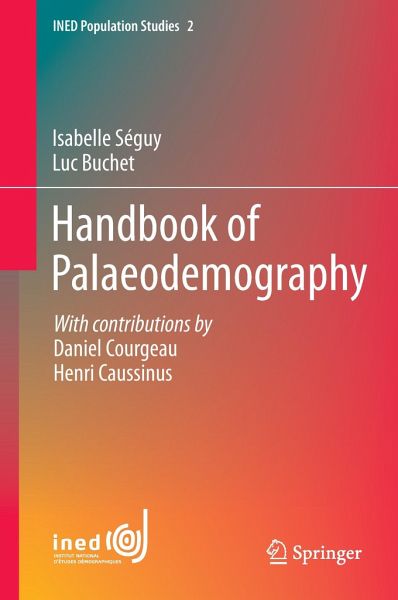
Handbook of Palaeodemography
Versandkostenfrei!
Versandfertig in 6-10 Tagen
76,99 €
inkl. MwSt.
Weitere Ausgaben:

PAYBACK Punkte
38 °P sammeln!
This book examines methods for linking osteo-archaeological data with historical and environmental sources to shed light on the living conditions of past populations. Covering all time periods from prehistory to the 20th century, it aims to construct models that capture plausible demographic dynamics from highly fragmentary evidence.Starting from the known in order to explore the unknown, this book presents a historical view of methods used in the past and present as well as proposes original ones. The paleodemographic methods presented in this handbook have been tested on anthropological and ...
This book examines methods for linking osteo-archaeological data with historical and environmental sources to shed light on the living conditions of past populations. Covering all time periods from prehistory to the 20th century, it aims to construct models that capture plausible demographic dynamics from highly fragmentary evidence.
Starting from the known in order to explore the unknown, this book presents a historical view of methods used in the past and present as well as proposes original ones. The paleodemographic methods presented in this handbook have been tested on anthropological and archaeological data and can easily be applied.
This manual represents a fruitful collaboration between historical demographers and anthropological archaeologists who, with the help of mathematicians and statisticians, detail research that opens an important historical dimension to the discipline. Written in a readily understandable manner, it serves as an ideal resource for those wishing to interpret ancient bones in demographic terms.
Starting from the known in order to explore the unknown, this book presents a historical view of methods used in the past and present as well as proposes original ones. The paleodemographic methods presented in this handbook have been tested on anthropological and archaeological data and can easily be applied.
This manual represents a fruitful collaboration between historical demographers and anthropological archaeologists who, with the help of mathematicians and statisticians, detail research that opens an important historical dimension to the discipline. Written in a readily understandable manner, it serves as an ideal resource for those wishing to interpret ancient bones in demographic terms.





